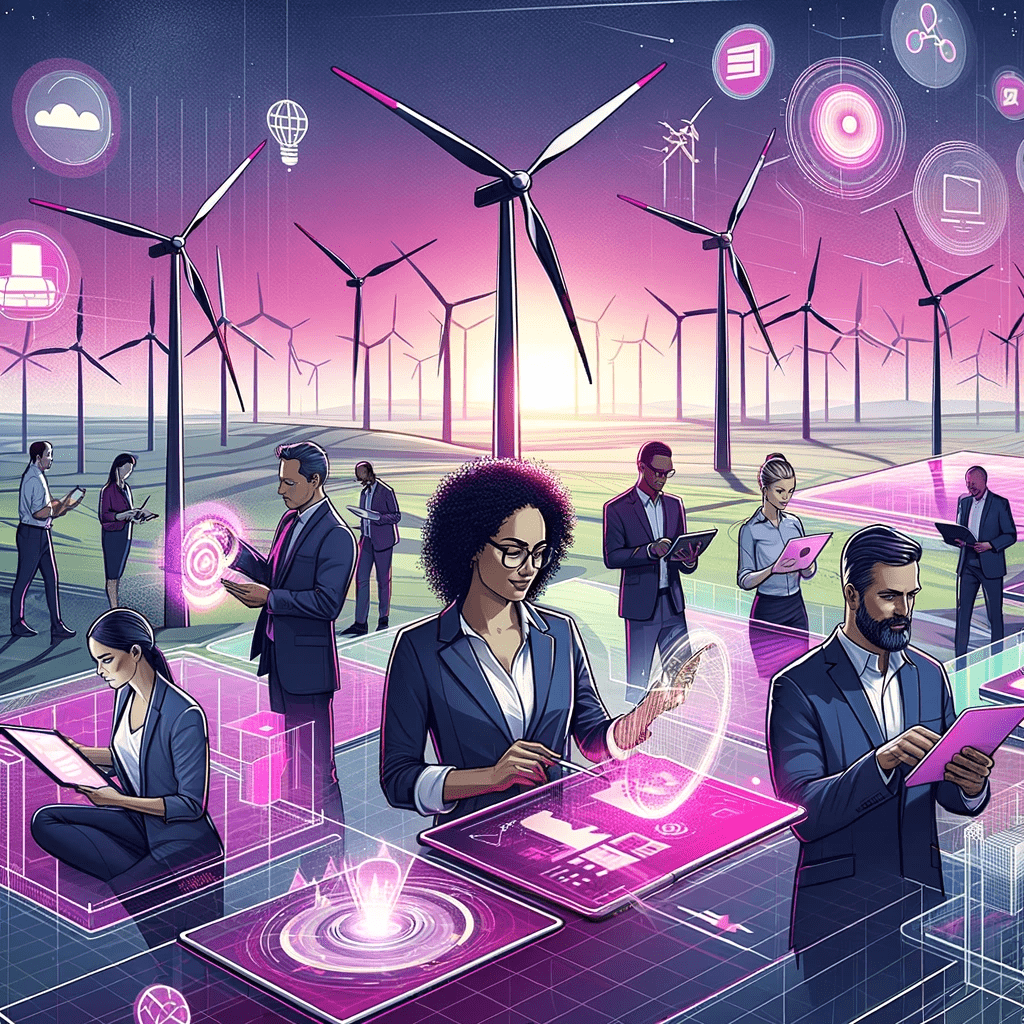
- This event has passed.
IEA Wind Task 43 Webinar Series – Why does the wind energy sector need to start talking about digital twin architecture?
20 September 2024:3:00 pm - 4:00 pm

What is the webinar about?
Digital twins are a key technology for the wind energy sector due to their ability to provide virtual replicas of physical wind turbines and wind farms. These digital models enable real-time monitoring, predictive maintenance, and performance optimisation, leading to increased efficiency and reduced operational costs. Digital twins help in identifying potential issues before they become critical, thereby enhancing reliability and extending the lifetime of wind farms. They also facilitate better decision-making and strategic planning, ultimately contributing to more sustainable and resilient energy production.
Understanding the architecture of digital twins is important as it ensures seamless integration, interoperability, and scalability of the digital twins. A well-defined architecture allows for consistent data collection, analysis, and visualisation. Building common architectures across the industry enable different stakeholders to collaborate more effectively and share insights. Such a collective approach can accelerate innovation and drive down costs of wind energy.
What are we going to talk about?
In this one-hour webinar, we will first hear two examples of digital twin “use cases” from the sector, followed by two architecture design example projects, and ending with a discussion and Mentimeter quiz where the participants can disucss their thoughts, needs and other inputs on the topic!
Programme:
5’ Introduction to IEA Wind Task 43 and digital twin architecture; Sarah Barber, Eastern Switzerland University of Applied Sciences
10’ Use case: Updating full turbine models through measurements at Suzlon; Carlos Rodriguez, Suzlon
10’ Use case: Validating offshore wind modelling tools within IEA Wind Task 56; Amy Robertson, NREL
10’ Architecture design example: Architecting a digital twin for wind turbine rotor blade aerodynamic monitoring; Tom Clark, Octue
10’ Architecture design example: DigiWind: An open-source digital twin framework for wind energy systems; Marcus Wiens, Fraunhofer IWES
15’ Discussion and Mentimeter quiz
Why should you attend?
- Find out about IEA Wind Task 43 and how to get involved.
- Learn about the needs of wind energy sector regarding digital twins.
- Hear about some examples of digital twin architecture design projects in the wind energy sector.
- Understand the importance of common digital twin architectures for wind energy.
- Provide us with your inputs so that we can tailor our activities to your needs.
- Make some new contacts for future collaborations.
Registration
Register using the Google Form at the link here.